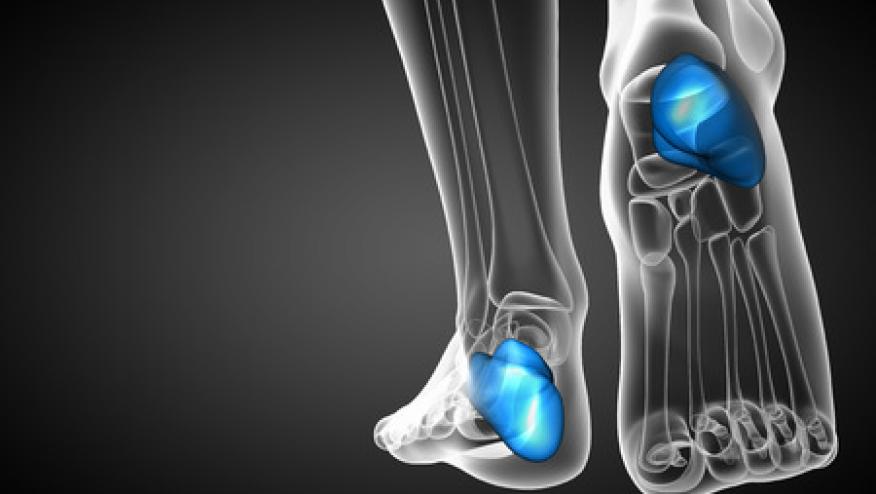ICYMI: Enthesitis, Synovitis, and Tenosynovitis in Psoriatic Arthritis Save

Editor's note: This article originally appeared January 4, 2024, and is being shared again while RheumNow enjoys the July 4th holiday. Enjoy!
An ultrasound study suggests that enthesitis is associated with both synovitis and tenosynovitis in patients with Psoriatic arthritis (PsA).
Enthesitis, dactylitis, synovitis and tenosynovitis may plague PsA patients; moreover their assessments and treatment approaches may overlap but will need to be individualized. The severity of sonographic enthesitis may represent a marker for inflammatory activity in other musculoskeletal domains.o examine the association between sonographic enthesitis with sonographic synovitis and tenosynovitis in PsA patients, and the association between sonographic enthesitis and clinical characteristics.
PsA patients fulfilling CASPAR criteria were evaluated clinically and by sonographic assessment (greyscale and Doppler). Multivariate linear regression models assessed the association between enthesitis and the selected variables.
Among 158 consecutive PsA patients [mean age 52.3 years) a significant association between sonographic enthesitis and sonographic synovitis (β = 0.18, P = 0.008) and sonographic tenosynovitis (β = 0.06, P = 0.02). Associations between enthesitis and synovitis were also demonstrated on the level of the elbow, knee and ankle joints (P < 0.05).
Ultrasound evidence of enthesitis was significantly associated with older age, male sex, swollen joint count, CRP level and physical occupations.
As enthesitis may be readily assessed by exam and ultrasound, it may indicate associated synovitis or tenosynovisitis in PsA.










If you are a health practitioner, you may Login/Register to comment.
Due to the nature of these comment forums, only health practitioners are allowed to comment at this time.